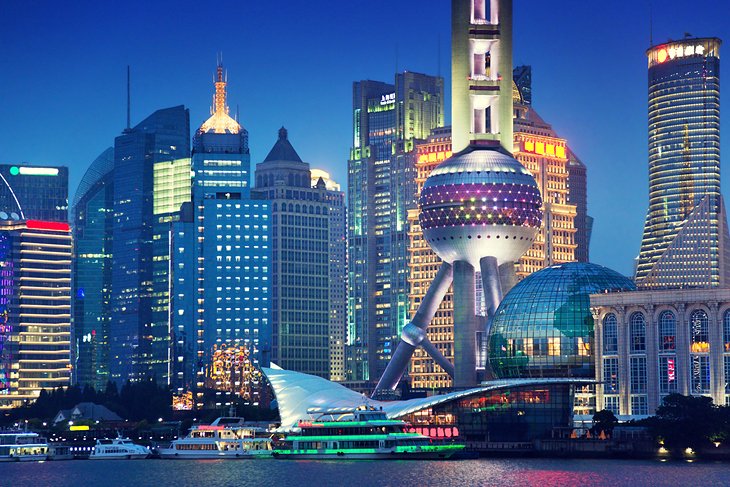(Singapore, Aug 8, 2023)Instead of rapid price gains predicted by some economists at the beginning of 2023, China is experiencing a rare period of falling prices, Bloomberg has reported.
Many of his clients are still scarred from the damage Covid-19 did to their cash flow and profits.
Some retailers, rather than putting in new orders, are trying to sell all the stock they accumulated while expecting sales to surge.
That is a clear contrast to the rocketing inflation that followed the reopening of the United States and other major economies, and is visible both at the factory gate and retail side.
Producer prices have been contracting on a year-on-year basis since October 2022, largely due to falling prices for commodities like coal and crude oil.
Data will likely show consumer prices declined in July, which would be the first time since late 2020 that both consumer and producer prices register contractions.
Using the gross domestic product (GDP) deflator – a measure of economy-wide prices – China is already in deflation.

Deflation is a general decline in prices for goods and services, typically associated with a contraction in the supply of money and credit in the economy. During deflation, the purchasing power of currency rises over time.
The International Monetary Fund defines deflation as “a sustained decline in an aggregate measure of prices”, such as the consumer price index or the GDP deflator.
Unlike the temporary decline in late 2020 and early 2021, the drop in consumer prices this time around is more cause for concern.
Analysists say that back then, falling pork prices were the main reason.
Now, exports have plunged as consumers in some of China’s biggest markets, including the US and Europe, pull back on spending.
A prolonged downturn in China’s property sector has cut prices for rent, furniture and home appliances.
Also, a price war among carmakers triggered by Tesla’s reductions led other major brands to join in with steep discounts earlier in 2023.
If prices keep dropping across a broad range of goods for an extended period, consumers could delay their purchases, curbing economic activity further and forcing businesses to keep reducing prices.
That, in turn, would cut into revenue and profits, prompting firms to curb investment and jobs – resulting in the kind of economic stagnation that Japan suffered for decades.
To be sure, China is not in the same boat.
Not all prices are falling, with consumer spending on services remaining fairly strong.
Tourism prices surged 7.1 per cent in the first six months from a year ago, as hotels rates surged.
Costs for services such as recreation and education, and medical care, are also still rising.
The problem of low or falling prices is most acute in the consumer goods industries.
A big driver of low prices in 2023 is the build-up of inventories over the pandemic, and in the first quarter during a burst of optimism following the end of Covid-19 restrictions.
That has since reversed, with businesses cutting prices to reduce their stock.
Economists surveyed by Bloomberg expect full-year inflation to reach just 0.8 per cent in 2023, the slowest pace since 2009.
Low inflation is driving up real, or inflation-adjusted, interest rates in the economy, pushing up businesses’ debt-servicing costs and undermining the central bank’s pledge to spur lending.
While that increases the case for the PBOC to add stimulus to the economy, the central bank is facing several constraints that are making it cautious, including a weaker renminbi and elevated debt levels in the economy.
“The ongoing weakness in China data will continue to dampen consumption, as households will remain cautious about making purchases of big-ticket items given the potential risks of job losses and salary cut,” said Mizuho Bank chief forex strategist Ken Cheung as quoted by Bloomberg.
“The uncertainties surrounding deflation may prompt the PBOC to implement additional monetary easing measures.”





































